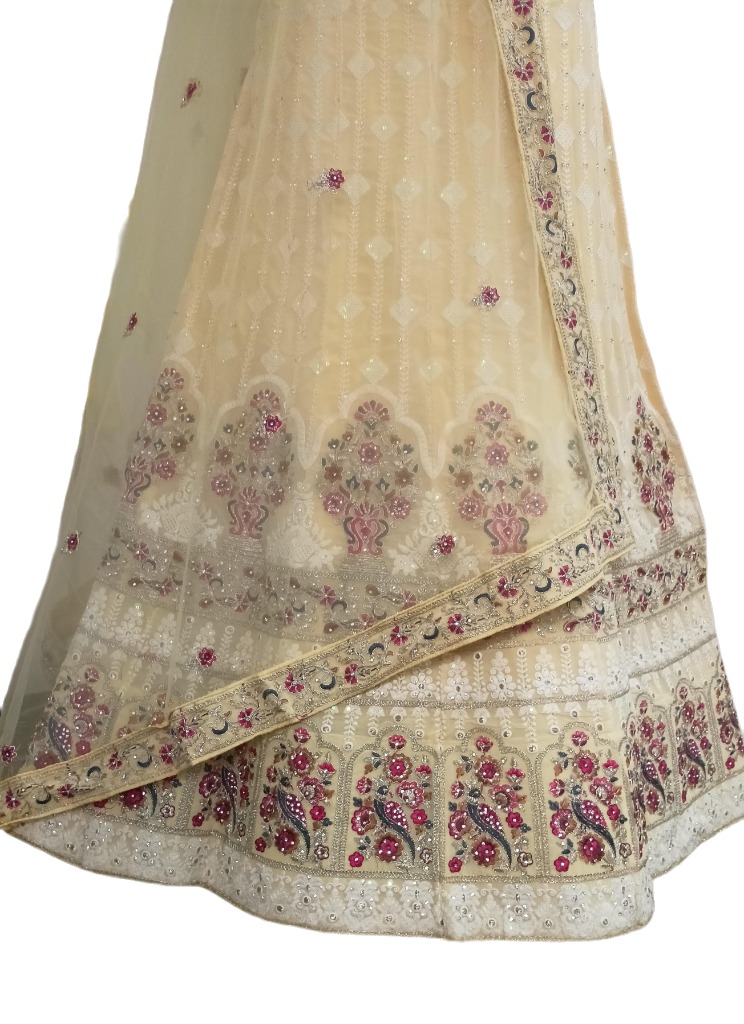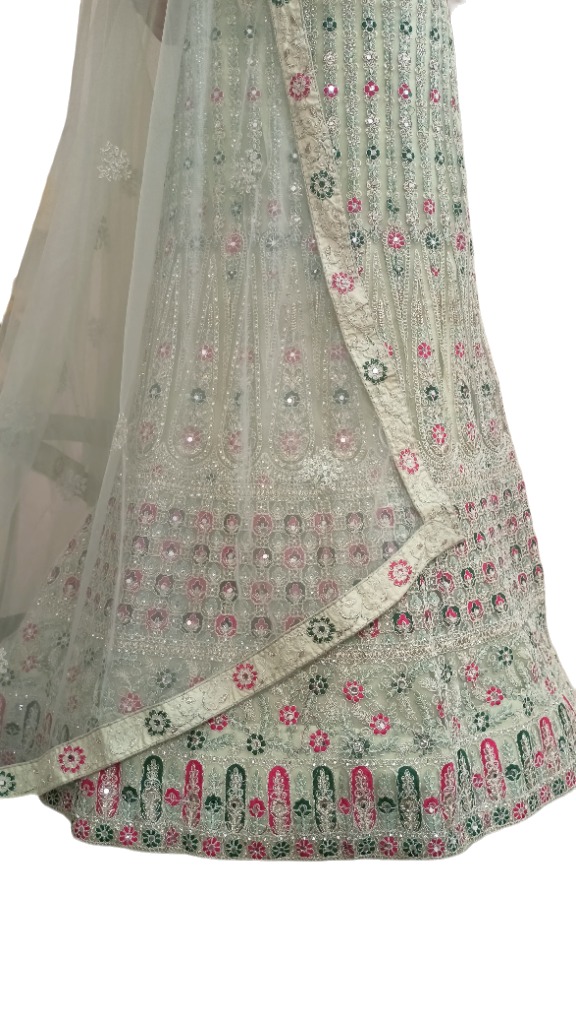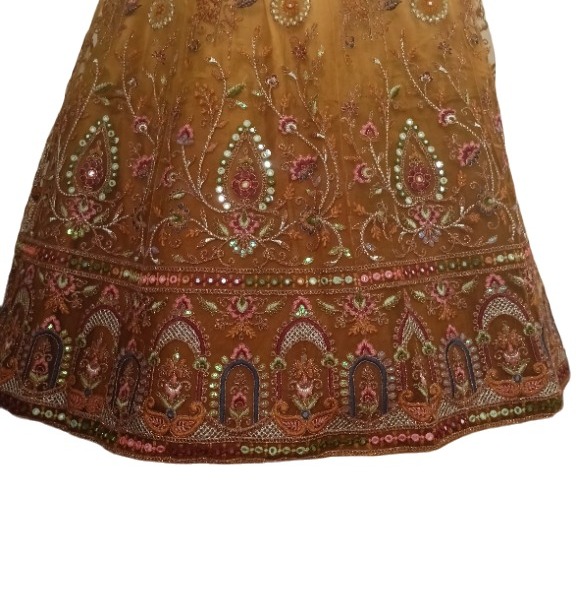मानसिक स्वास्थ्य और कल्याण की संप्रत्यय की व्याख्या करें। BPCG-175
मानसिक स्वास्थ्य एक व्यक्ति के भावनात्मक, मनोवैज्ञानिक और सामाजिक कल्याण का संक्षेपण है। यह यह प्रभावित करता है कि व्यक्ति रोजमर्रा के जीवन में कैसे सोचता, महसूस करता और कार्य करता है, जिससे उसकी स्त्रेस संबोधन की क्षमता, निर्णय लेने की क्षमता और संबंध बनाने की क्षमता प्रभावित होती है। अच्छा मानसिक स्वास्थ्य व्यक्तिगत विकास, स्वस्थ संबंध बनाए रखने और समाज के प्रति सकारात्मक योगदान के लिए अत्यंत महत्वपूर्ण है।
मानसिक स्वास्थ्य को प्रभावित करने वाले कारक: कई कारक एक व्यक्ति के मानसिकस्वास्थ्य और कल्याण को प्रभावित करते हैं, जैसे कि:
- जैविक कारक: आनुवंशिकता और मस्तिष्क रसायन भौतिकी मानसिकस्वास्थ्य स्थितियों में महत्वपूर्ण भूमिका निभा सकते हैं।
- पर्यावरणीय कारक: दुर्भाग्यवश घटनाओं के सामने सामना करने की जान परख या शोषण मानसिक कल्याण पर प्रभाव डाल सकती है।
- सामाजिक कारक: संबंधों की गुणवत्ता, परिवार और मित्रों से सहायता, और सामाजिक संबंध स्वास्थ्य पर प्रभाव डाल सकते हैं।
- मनोवैज्ञानिक कारक: सहनशीलता, आत्मसम्मान, और प्रतिरोध कौशल एक व्यक्ति के द्वारा चुनौतियों का सामना करने की तरीके पर प्रभाव डालते हैं।
- मानसिक स्वास्थ्य को बढ़ावा देना: मानसिकस्वास्थ्य को बढ़ावा देना भावनात्मक और मनोवैज्ञानिक कल्याण को बढ़ावा करने के लक्ष्य से कार्यवाही और रणनीतियों को कहते हैं।
मानसिक स्वास्थ्य को बढ़ावा देने के कुछ उपाय हैं:
- जागरूकता और शिक्षा: मानसिक स्वास्थ्य मुद्दों के बारे में जागरूकता बढ़ाकर स्टिग्मा को कम करने और सहायता की खोज को प्रोत्साहित करने में मदद करता है।
- मानसिकस्वास्थ्य सेवाओं का पहुंच: सस्ती और पहुंचने योग्य मानसिक स्वास्थ्य सेवाएं प्रदान करने से लोग जरूरत पड़ने पर उचित देखभाल प्राप्त कर सकते हैं।
- तनाव प्रबंधन: सहनशीलता के माध्यम सिखाने और तनाव को कम करने की तकनीकें सिखाने से व्यक्ति दैनिक चुनौतियों को अधिक प्रभावी ढंग से संभाल सकता है।
- प्रतिरोध बनाना: व्यक्तिगत विकास और सहनशीलता को प्रोत्साहित करने से जीवन के संघर्षों के खिलाफ प्रतिरोध में वृद्धि हो सकती है।
- सामाजिक संबंधों को बनाए रखना: स्वस्थ संबंधों और सामाजिक समर्थन नेटवर्क को पोषण देने से मानसिक कल्याण में सुधार हो सकता है।
- काम-जीवन संतुलन: काम और व्यक्तिगत जीवन के बीच एक स्वस्थ संतुलन को प्रोत्साहित करने से तनाव को कम किया जा सकता है और सामान्य कल्याण को बढ़ाया जा सकता है।
- मानसिकस्वास्थ्य स्टिग्मा का सामना करना: मानसिक स्वास्थ्य के चारों ओर की धार्मिकता व्यक्तियों को सहायता और समर्थन की खोज से रोक सकती है। असमान्यता को चुनौती देने और समझने को प्रोत्साहित करने के लिए यह महत्वपूर्ण है। खुले मन से चर्चा, मीडिया प्रतिनिधित्व, और शिक्षात्मक कार्यक्रम स्टिग्मा के खिलाफ लड़ने और सहायकारी वातावरण बनाने में मदद कर सकते हैं।
समाप्ति में, मानसिकस्वास्थ्य और कल्याण व्यक्ति के संपूर्ण स्वास्थ्य के महत्वपूर्ण घटक हैं। मानसिक स्वास्थ्य को बढ़ावा देने में विभिन्न कारकों को संबोधित करना और प्रतिरोध और सकारात्मक मानसिक स्थिति को बढ़ावा देने के लिए रणनीतियों को लागू करना महत्वपूर्ण है। मानसिकस्वास्थ्य को प्राथमिकता देने और स्टिग्मा का सामना करने से, व्यक्तियों और समाज को सुधारा जा सकता है और उच्चतर जीवन गुणवत्ता की दिशा में प्रयास किया जा सकता है।






